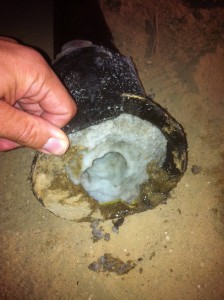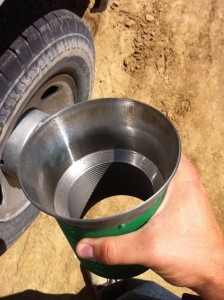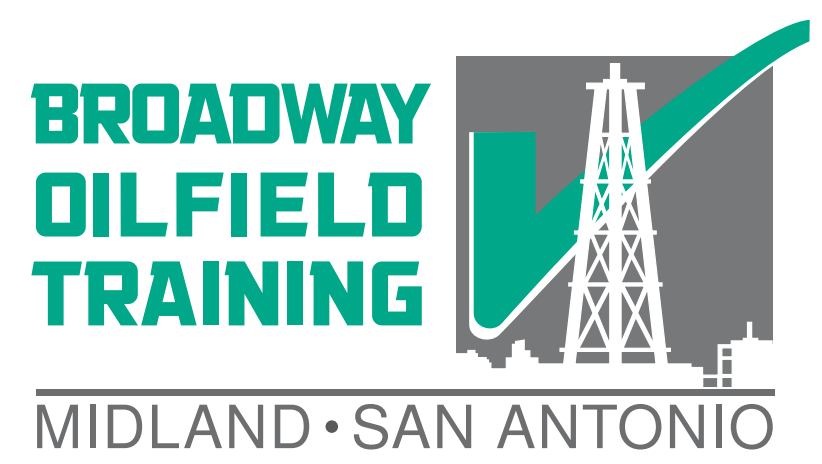 Brines are commonly used for well control in completions and workover because they have a few beneficial qualities.
Brines are commonly used for well control in completions and workover because they have a few beneficial qualities.
- Shale protection: When weight is not needed, small amounts of chloride salts such as KCl or a generic salt brine can be added to the water. Fresh water itself causes the clay within shales to swell, which damages wellbores and impedes flow within the completion. Studies on the reservoir rock samples must be done to determine the concentration of brine needed to prevent swelling damage.
- Low cost: Salt and KCl are some of the lowest cost well control fluids. When more weight is needed then these salts can provide CaCl and can be used at a slightly higher cost. In general, the higher the weight range for the brine material, the greater the cost.
- Low Viscosity: Brines increase the viscosity of water slightly, but not nearly as much as a drilling mud system would.
As we mentioned earlier, each brine has a range of densities in which it is able to weight up the water. If you were to try to force more salts into the water to gain even more weight beyond the possible range, then the brine solution would not become heavier, it would become supersaturated. When the brine becomes supersaturated, solids will begin falling out of solution to maintain balance.
Normally when you try supersaturating a brine at the surface it simply will not dissolve the salts that you put in and they will stay solid as they fall to the bottom of the tank. Downhole conditions, however, are far more complicated due to changing temperature conditions. When the temperature of the brine increases, the amount of solids that the water can hold decreases. This becomes a problem for a brine that is close to or is in fact supersaturated at surface temperature and the downhole temperature is very hot. When the brine makes its way downhole, it will warm up and crystilized salts will drop out of solution at the same time. This can scale up the pipe, causing a circulation restriction, and lighten the fluid, causing well control imbalance.
 Possible brine weighting regions:
Possible brine weighting regions:
- NaCl 8.5 – 10#
- KCl 8.5 – 10#
- CaCl 8.5 – 11.5#
- CaBr 12 – 15#
To prevent this problem, try to avoid using a completely saturated brine while on a deep or otherwise high temperature well. Better yet, if you can have a chemical or drilling fluids company perform a scaling index at the target temperature for your brine weight, this will let you know if temperature will cause any scaling downhole.
